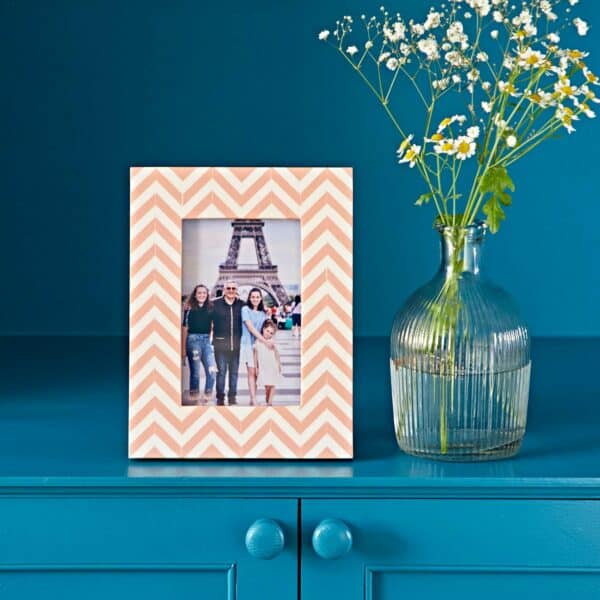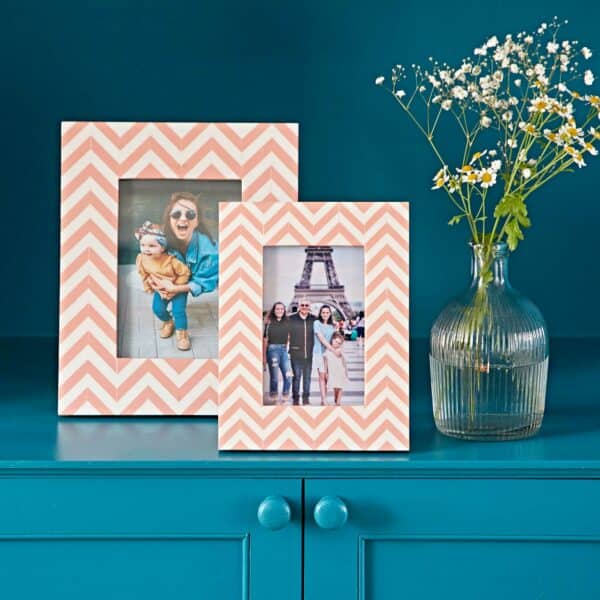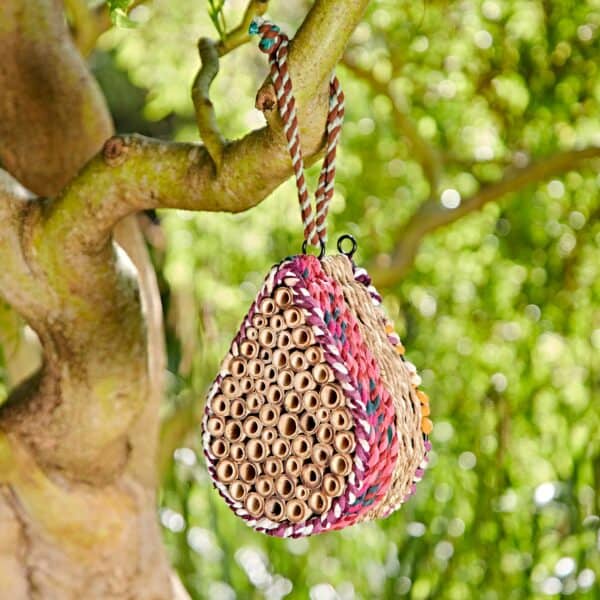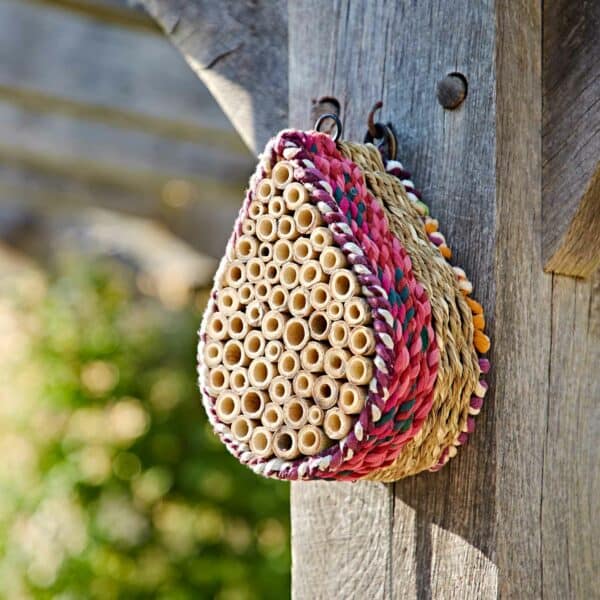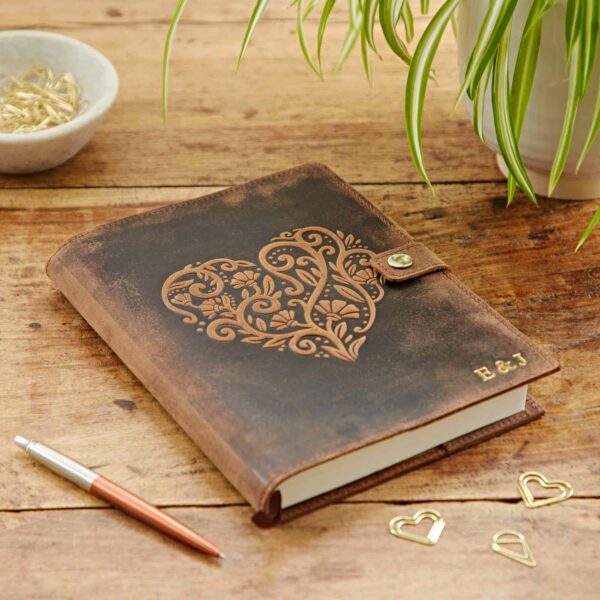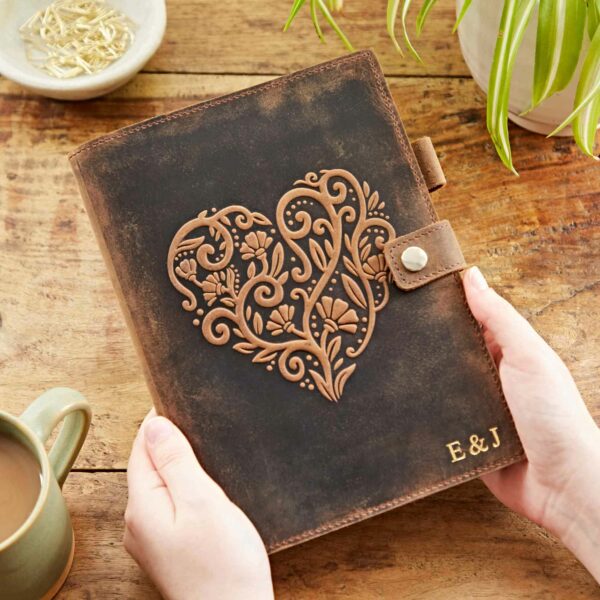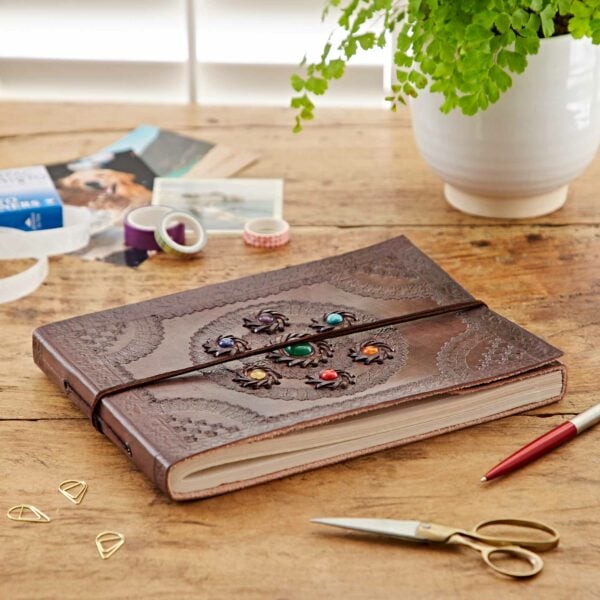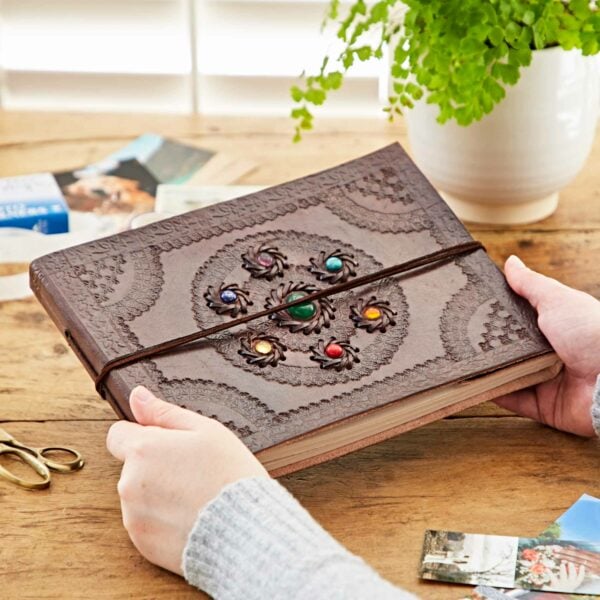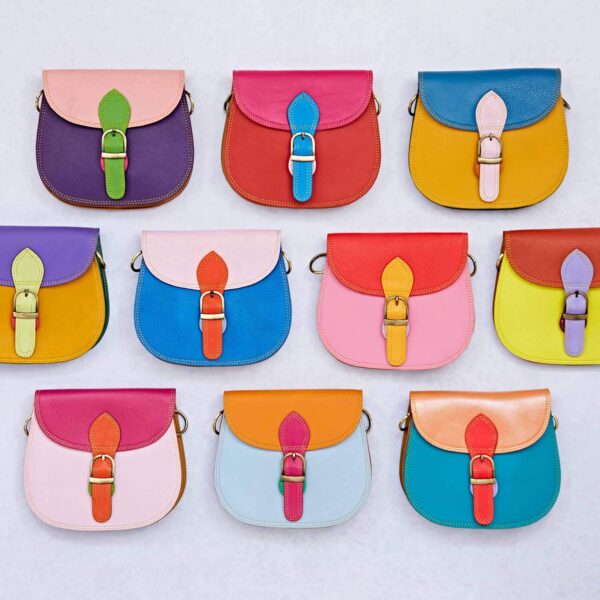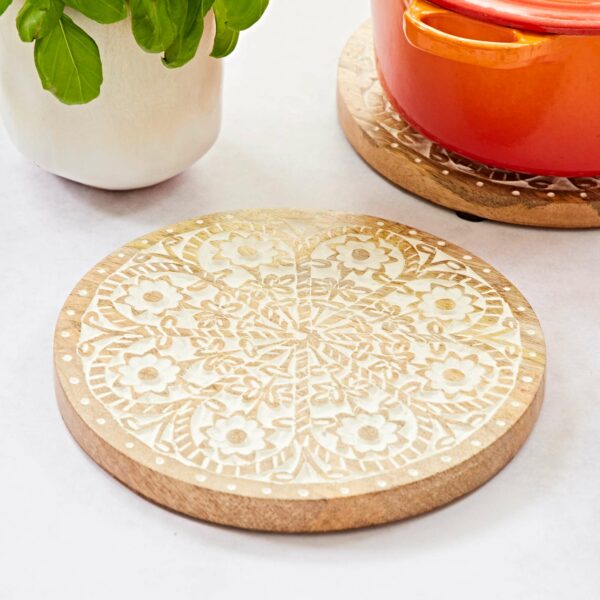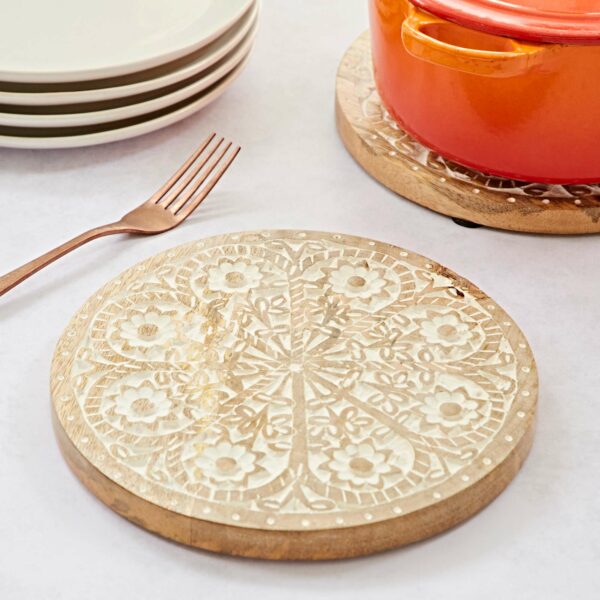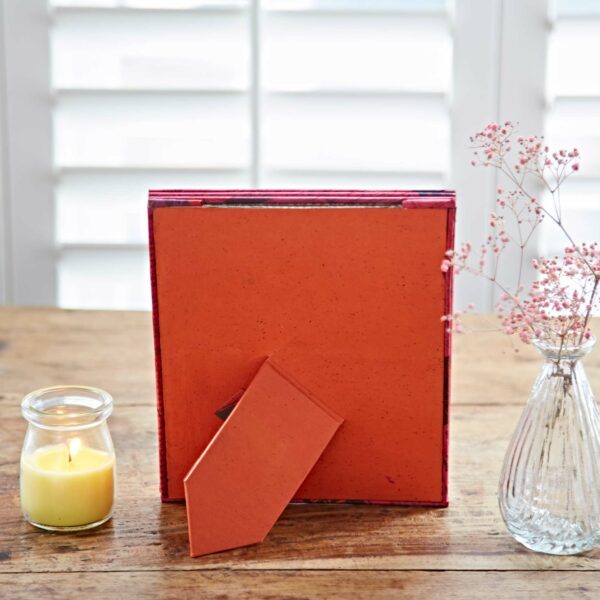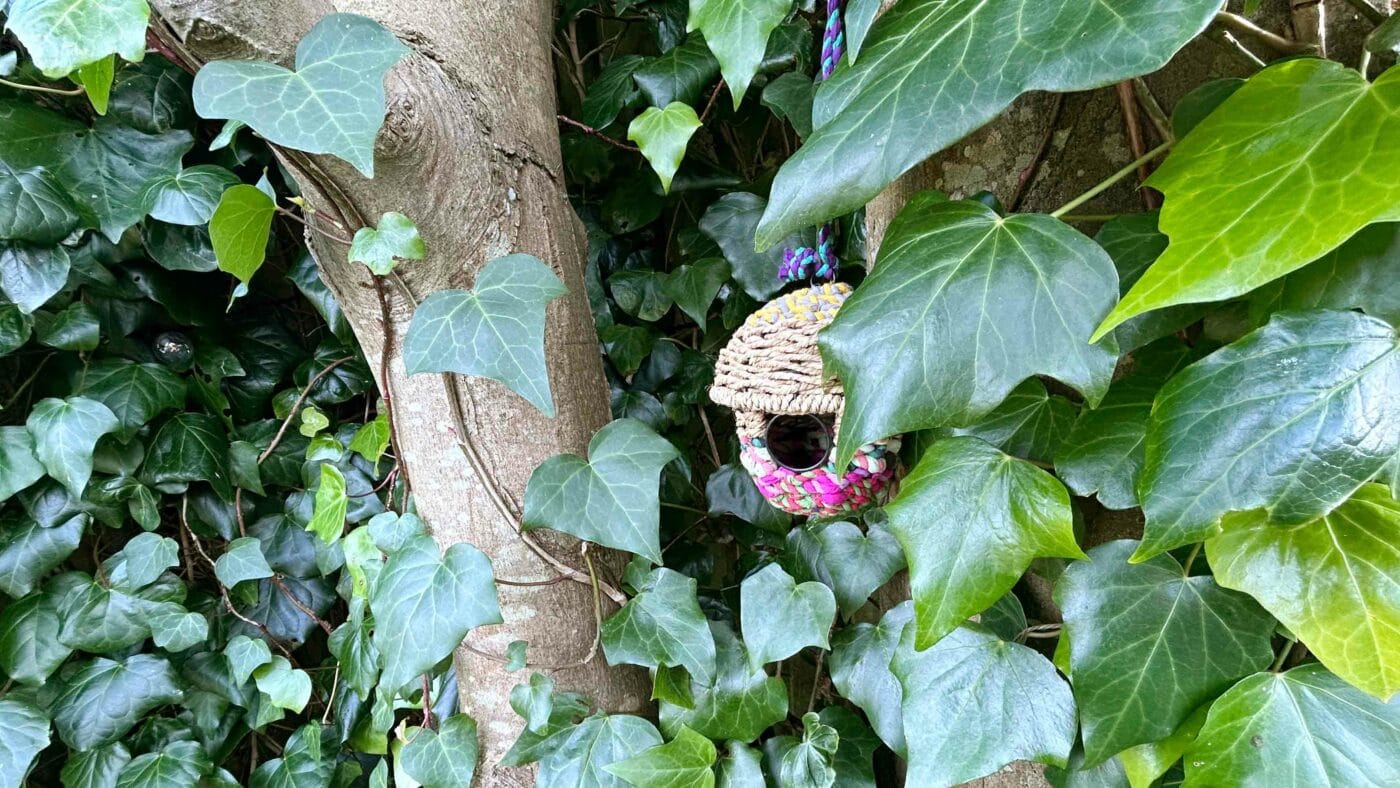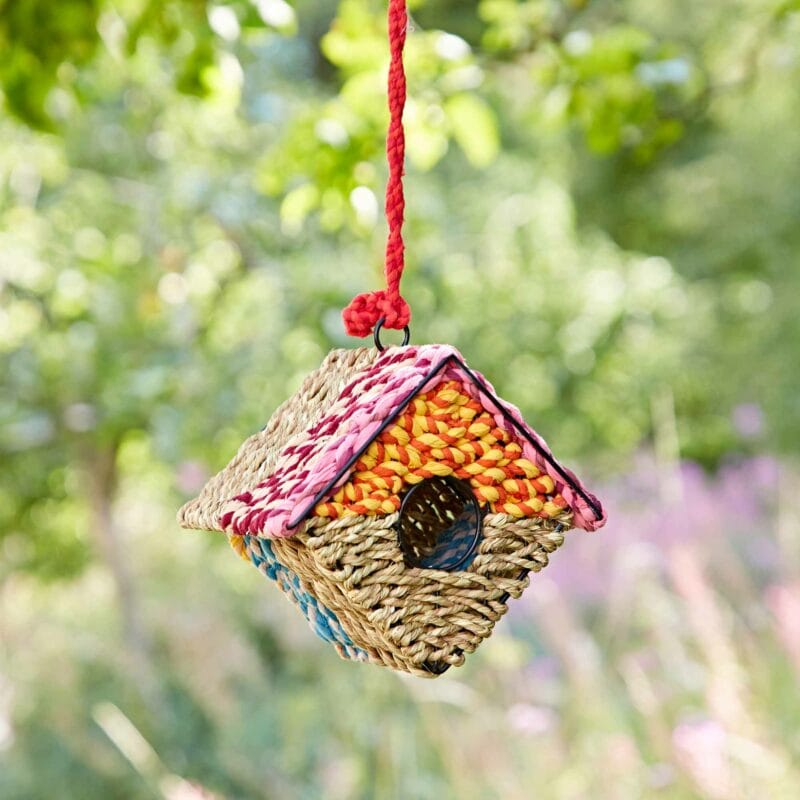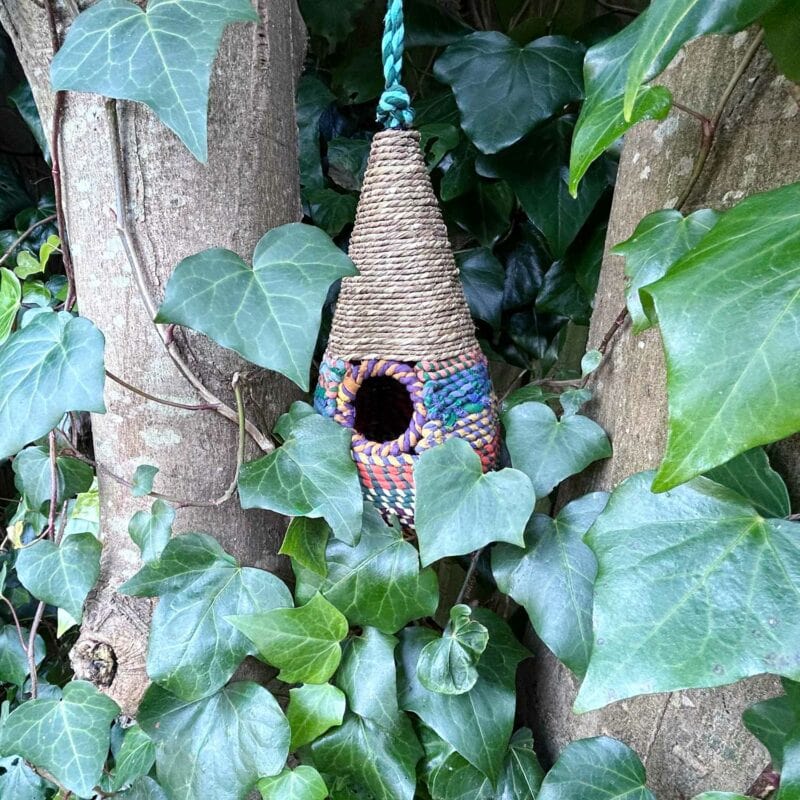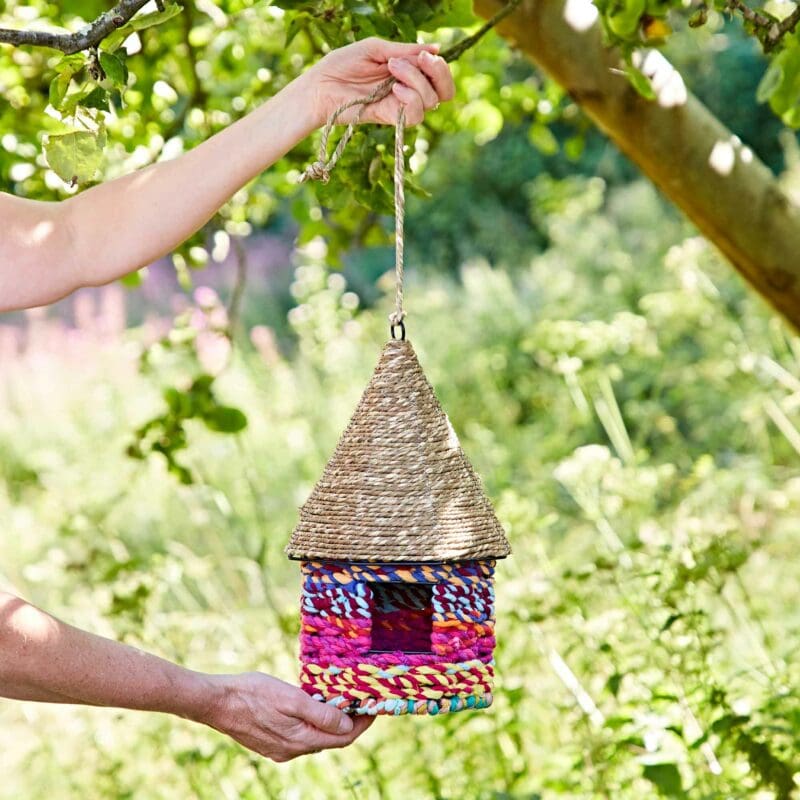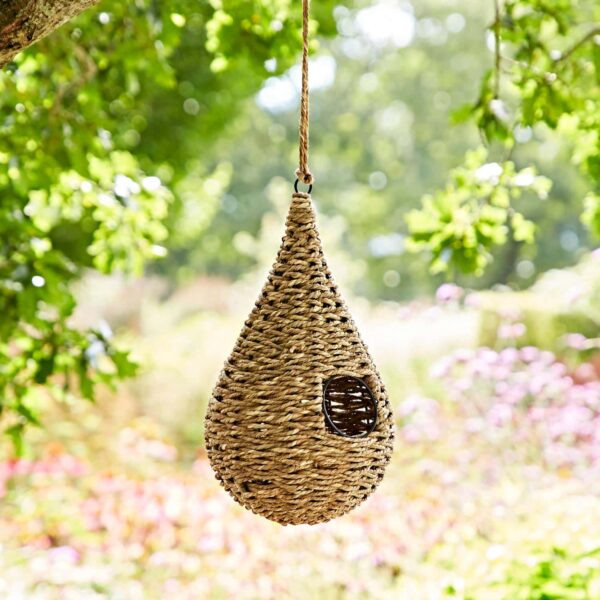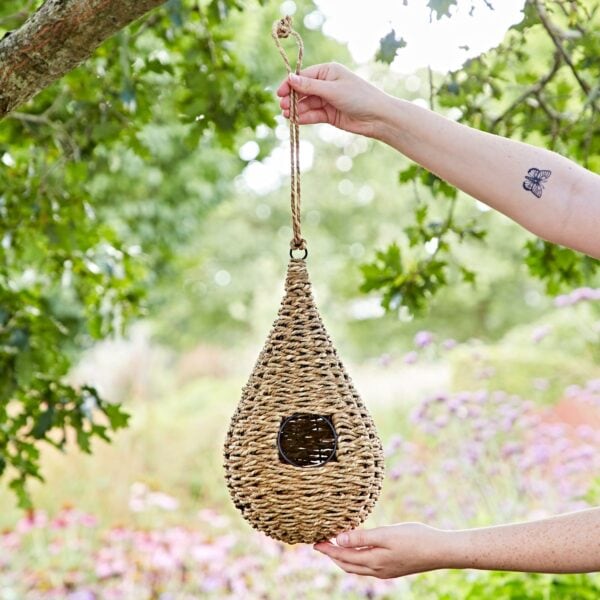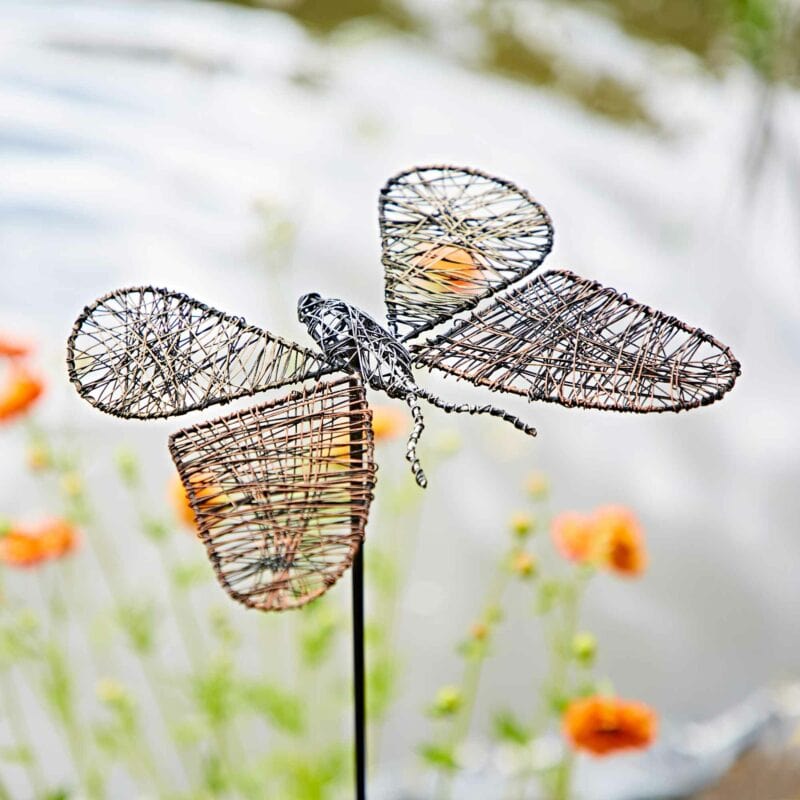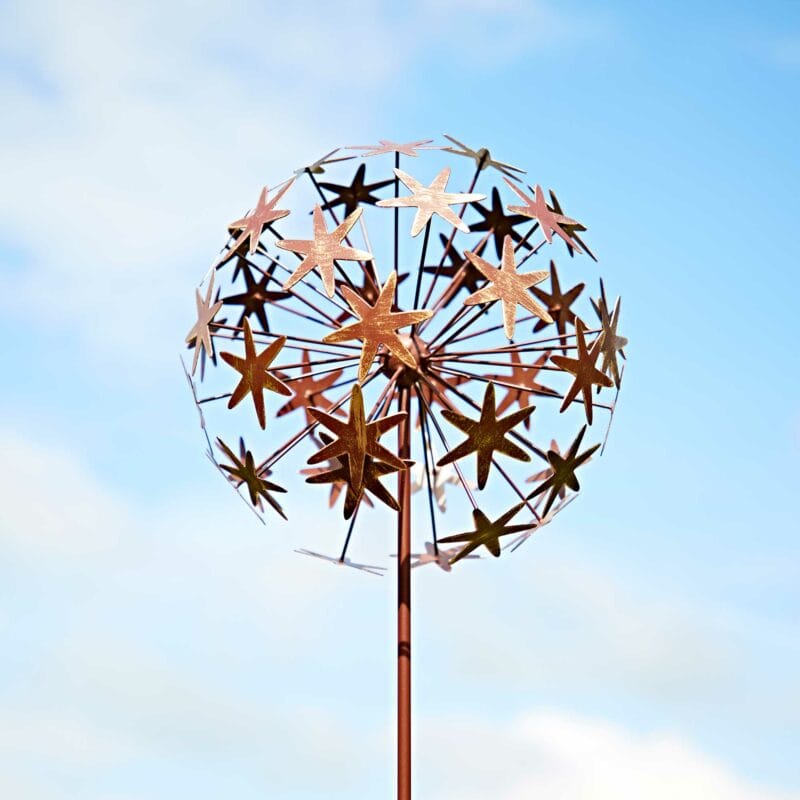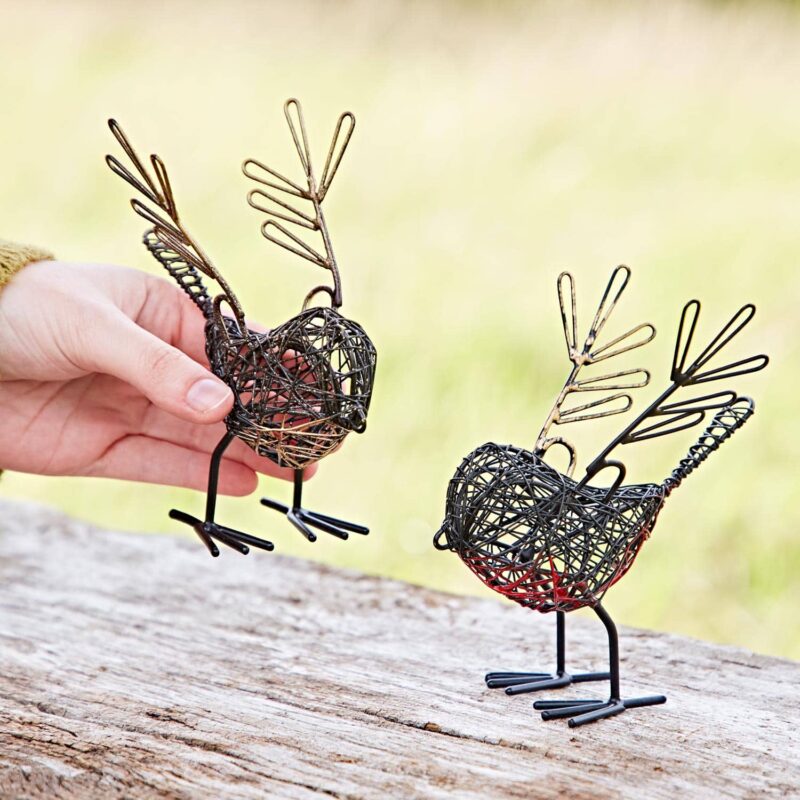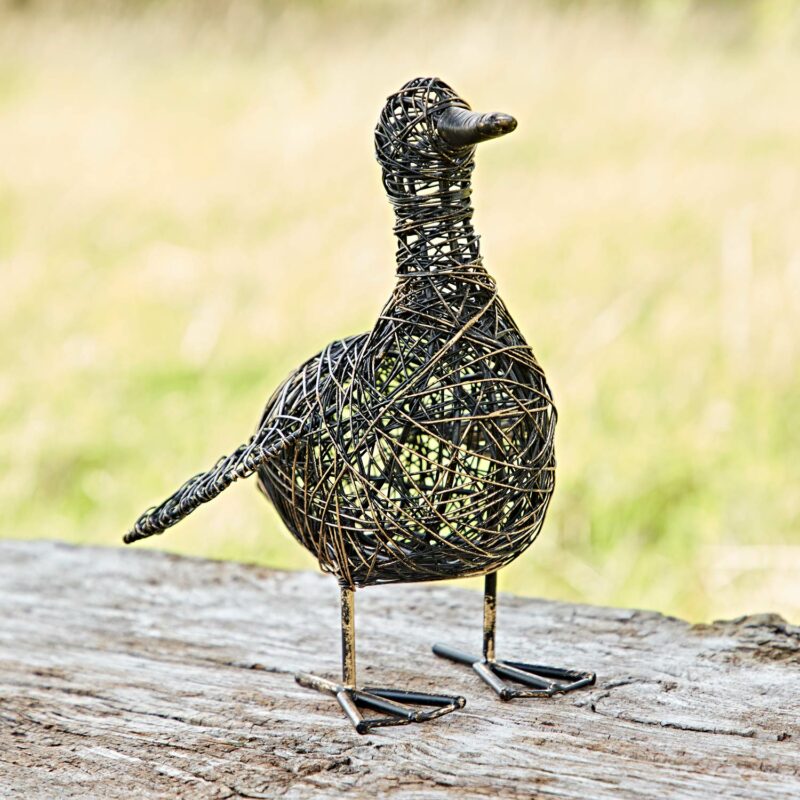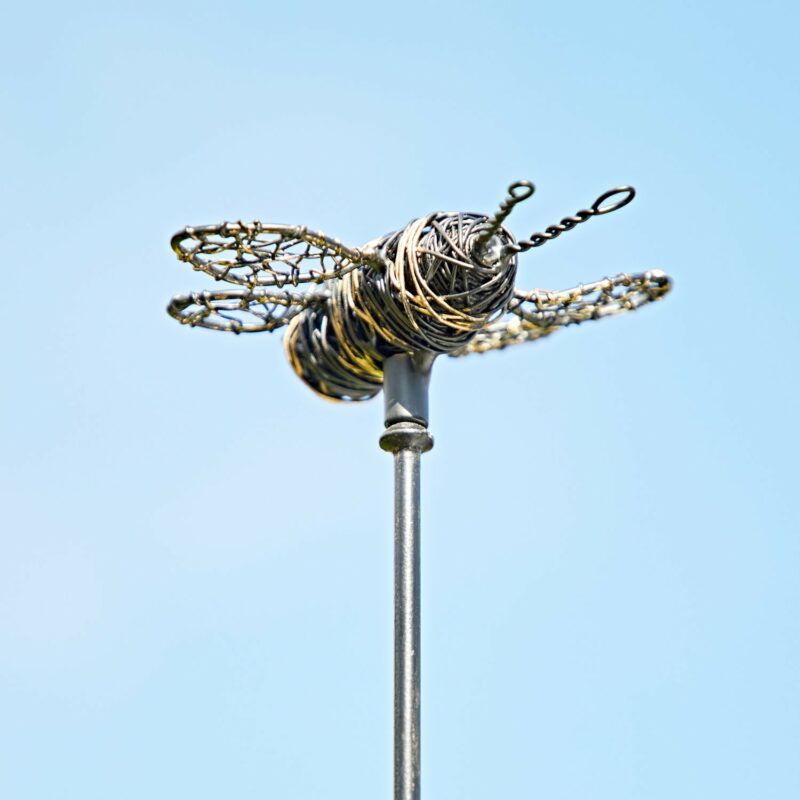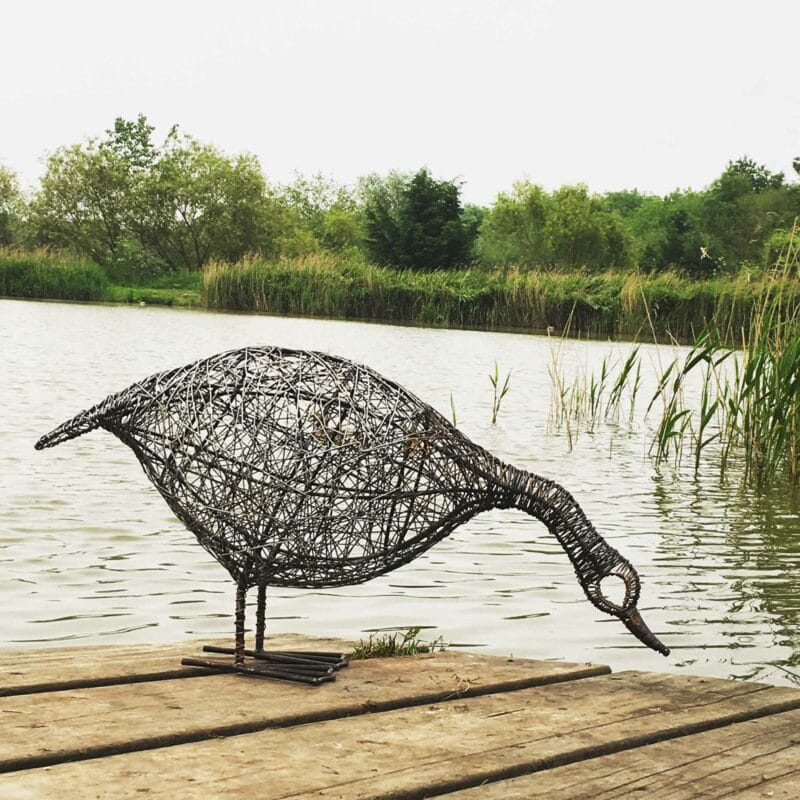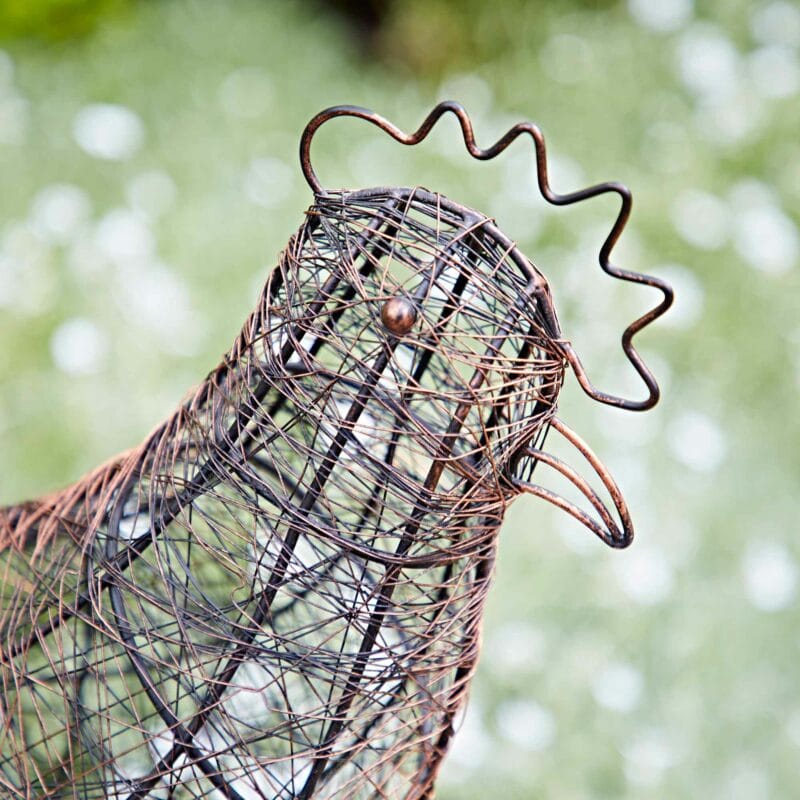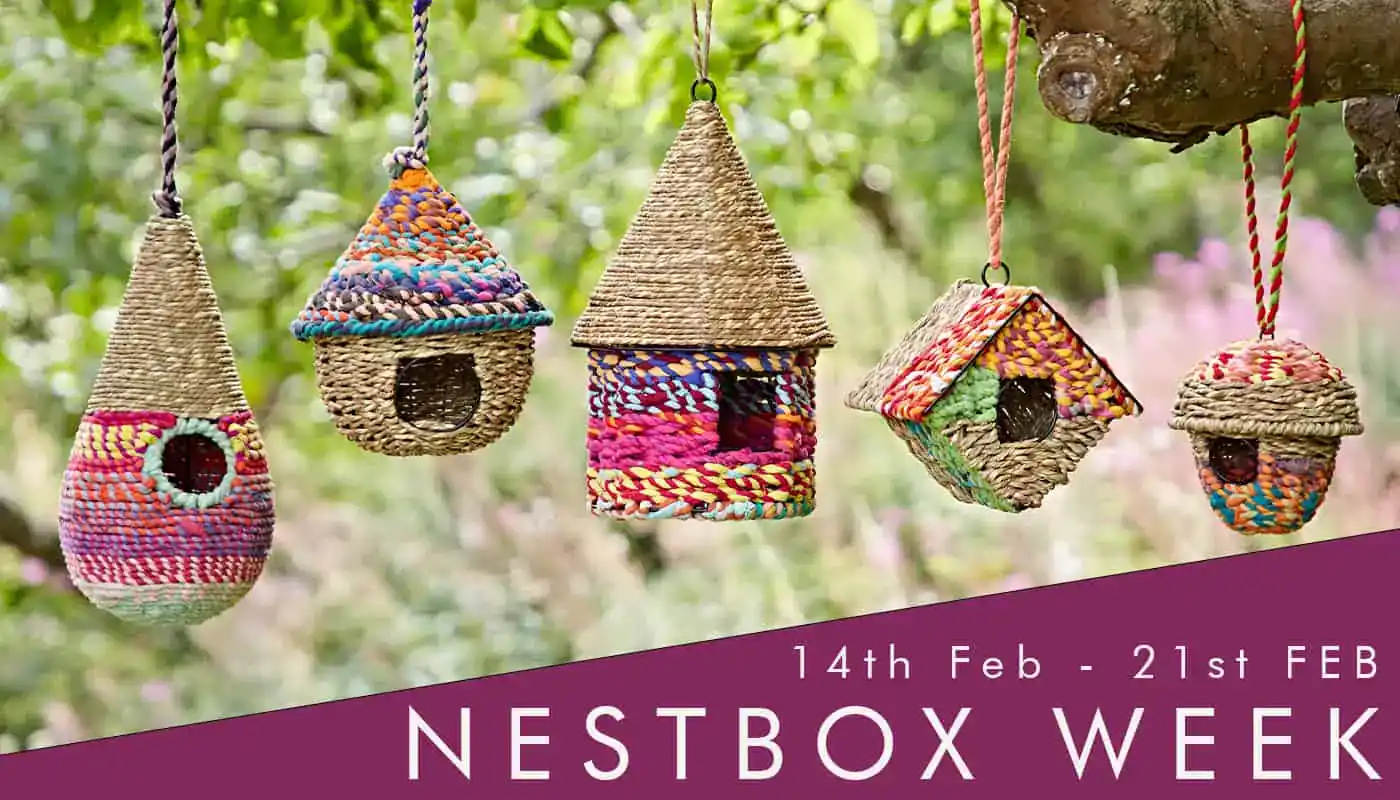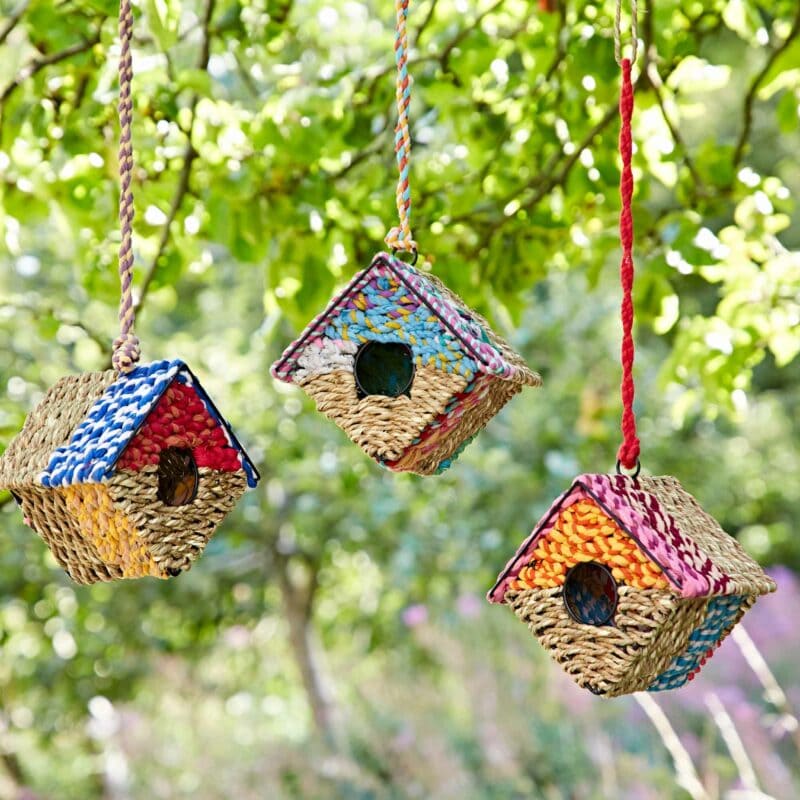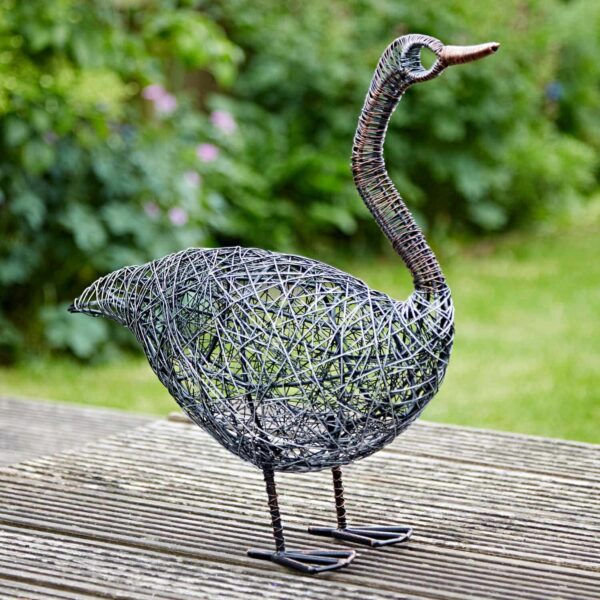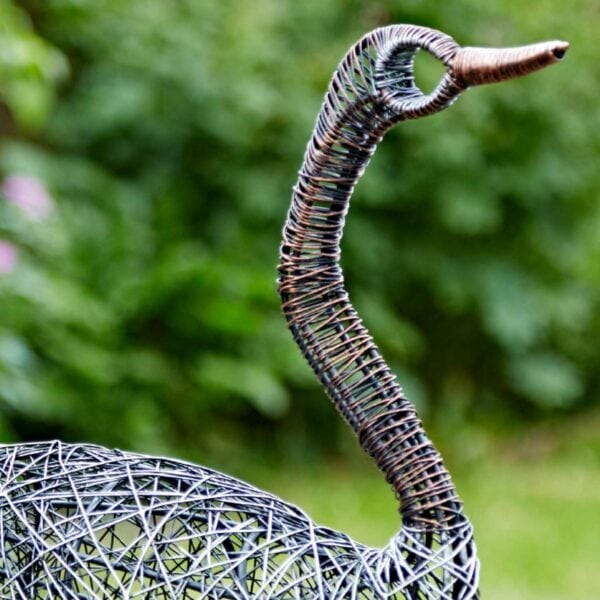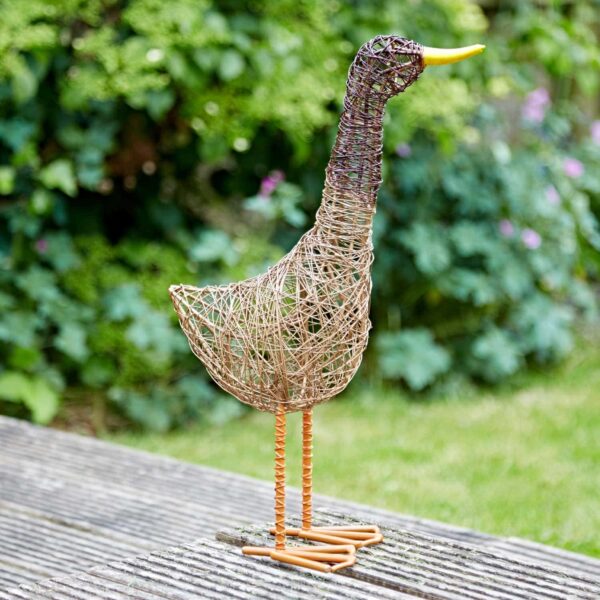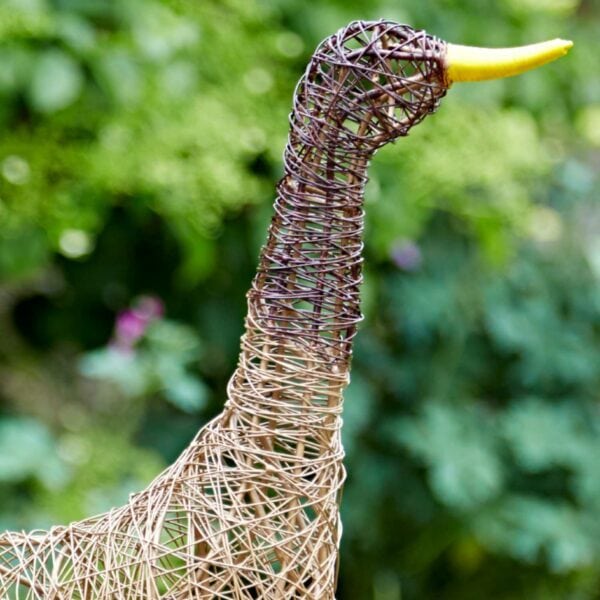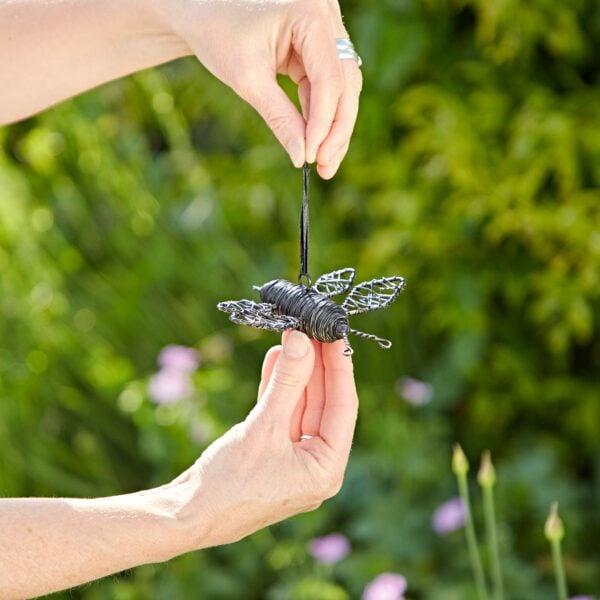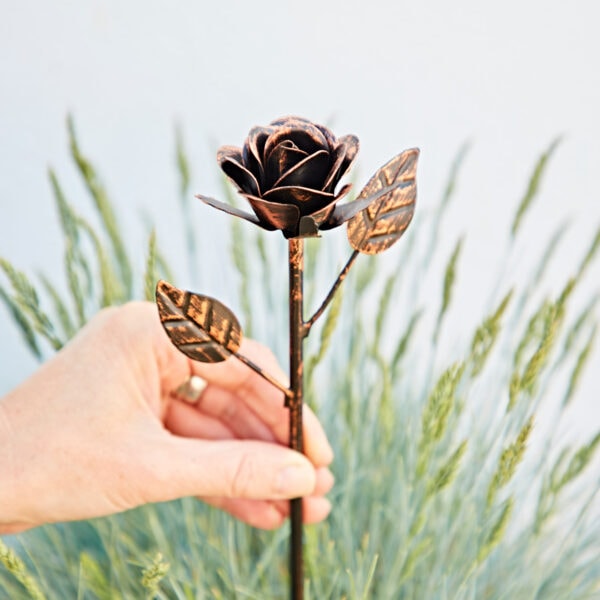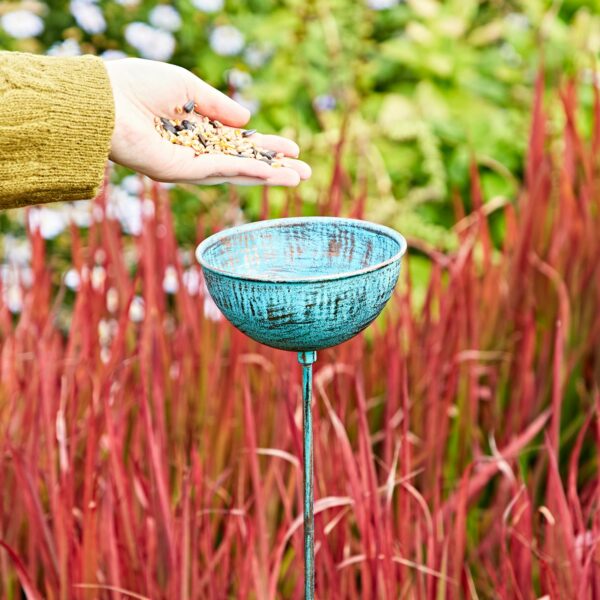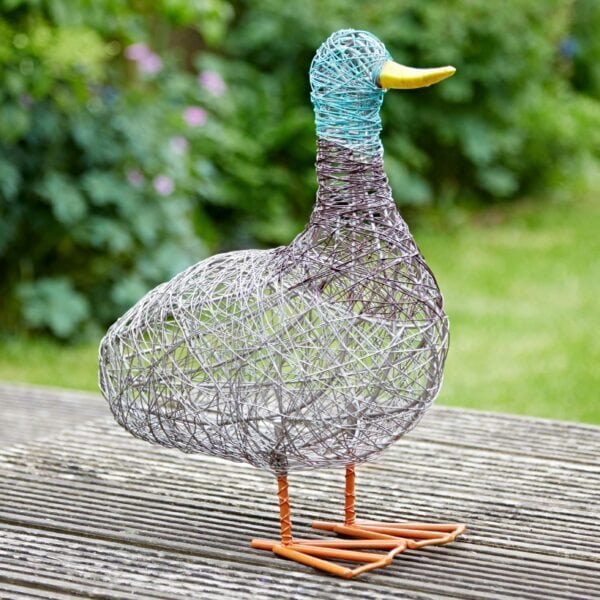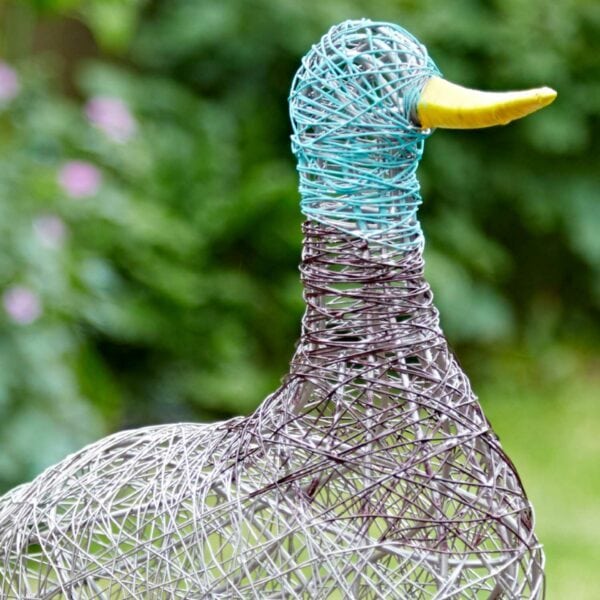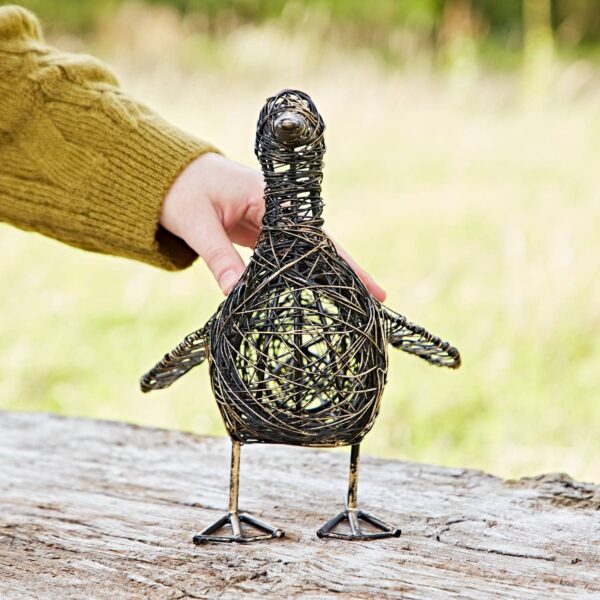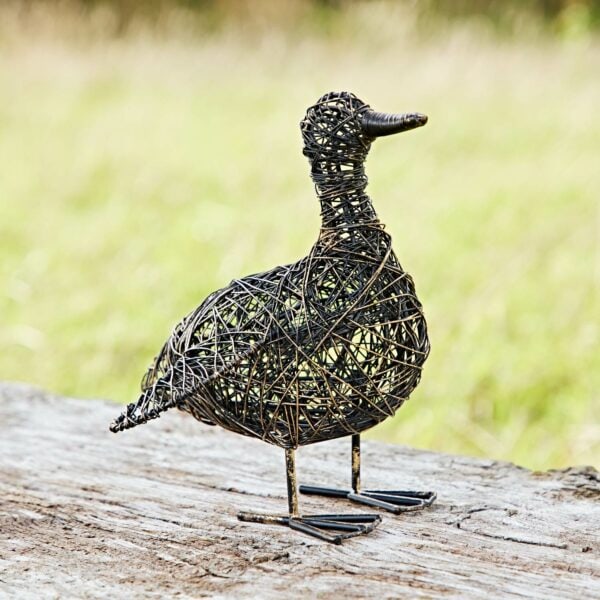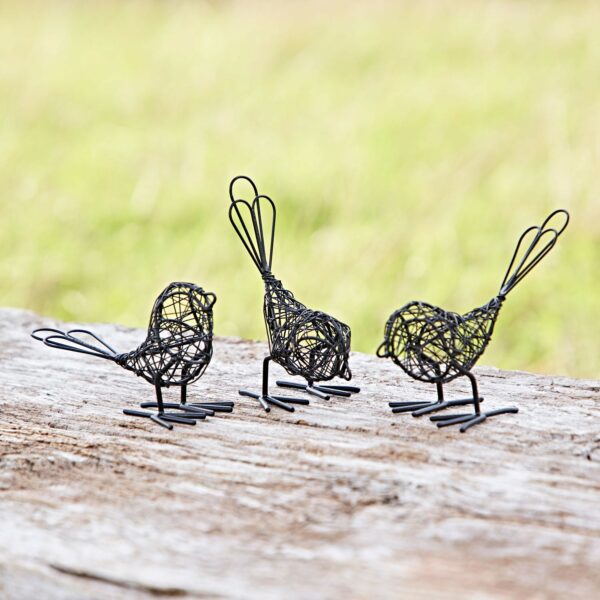Seasonal, Trending & Guides
A guide to birdhouses & nesters
National Nest Box Week has been a yearly tradition for 25 years. As our gardens and parks become tidier, natural nest sites (such as holes in trees and unkempt hedgerows) are rapidly disappearing. With birds such as sparrows, greenfinches and swifts in decline, the UK’s birds need our help now more than ever. Below we’ve highlighted just a few ways you can help… Source: Countryfile
How to Get Involved
Getting involved in National Nest Box Week is easier than you think. Start by learning about the species you have in your area, then reintroduce hideaways by adding a birdhouse/nest box in your outdoor space. You can also spread awareness for Nest Box Week by getting the word out, more birdhouses means safer spaces and conservation for our feathered friends.
What makes a good nester?
Many bird species struggle to find suitable places to nest. You could provide the perfect home for the birds in your garden, just keep in mind:
- The size of the entrance is important to keep birds away from predation.
- Ventilation is also key to keep birds and their chicks the perfect temperature.
- Birds don’t need perches; they make it easier for predators or unwanted birds to get in!
Our Bird house guide
Every bird is unique and has different needs. For example, some birds prefer a smaller opening for protection, whereas some prefer an open side for easier access.
So which entrance is best for the birds in your garden?
- Our Acorn Recycled Cotton Birdhouse is best if your live in a city or heavily populated area – you will want a birdhouse with an entry hole no larger than 3.5cm. This is big enough for Tree Sparrows, Chickadees and Great Tits but too small for the invasive House Sparrow, which can be detrimental to Chickadees.
- The Octagonal Recycled Cotton Birdhouse has a 5cm opening which is perfect for bigger birds such as Starlings and Green Woodpeckers.
- Our Round Recycled Cotton Birdhouse has the largest opening of 6cm, making it the perfect opening for birds such as Robins, Wrens and Barn Swallows, as they prefer a more open nest box.
What placement is best?
- Position in ivy, bushes, hedges or trees.
- If you don’t have a garden: a balcony, wall, or under the eaves of your house is also sufficient.
- It must be between 2 – 5 metres away from the ground.
- Ensure that there are no obstacles directly in front of the entrance.
- Ideally, position the birdhouse to face north or east, as facing south can cause them to become too warm or wet.
How to install your birdhouse
Whilst our birdhouses look amazing hanging from branches or hooks, they can also be more securely attached to a fence or tree using screws, cable ties or wire. Simply place the cable ties or wire through the weave and securely tighten to your chosen post. Trees will grow in girth so make sure to check the fixing every two or three years.
Alternatively, you can attach your nester to a fence, securing the birdhouse through the weave and making sure it is securely tightened.
Cleaning your Nest Box or Birdhouse
The best time to clean out your nester is between October to January, making sure it is done outside of nesting season. Cleaning your birdhouse is important for the health of the birds who will take residence, making sure it’s clean can prevent parasites and diseases. Simply remove any old nests and clean out using a weak bleach solution. Make sure to rinse well to wash away any chemicals and leave to dry before hanging back up.
Shop our Birdhouses
Garden decorations that compliment your bird house
Now that you’ve chosen the perfect birdhouse, you can decorate the rest of your garden. Noah’s Ark is an incredible group of producers that create our Fair Trade garden decorations from recycled metal. From garden stakes to smaller ornaments, we’ve got something you’ll like.


